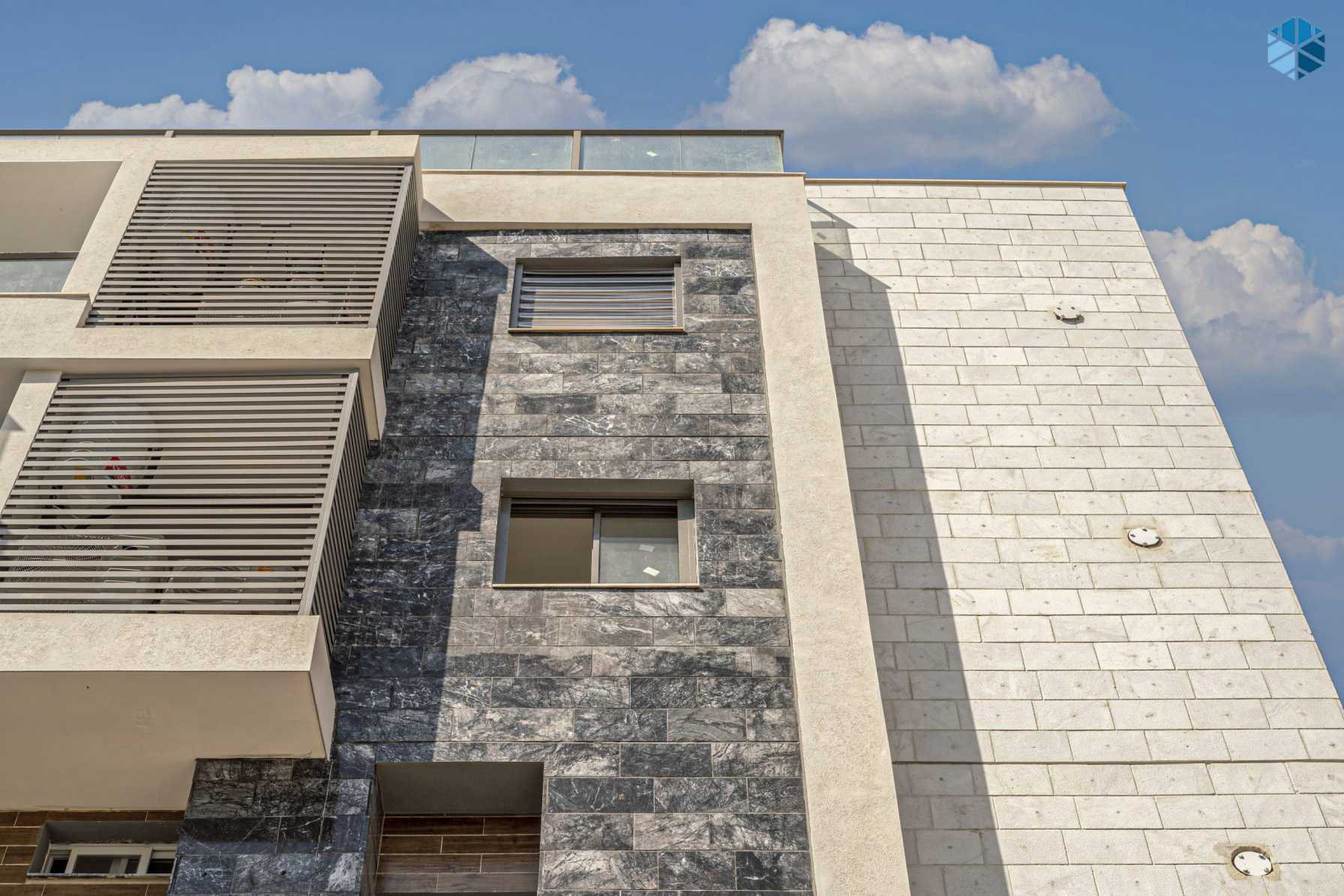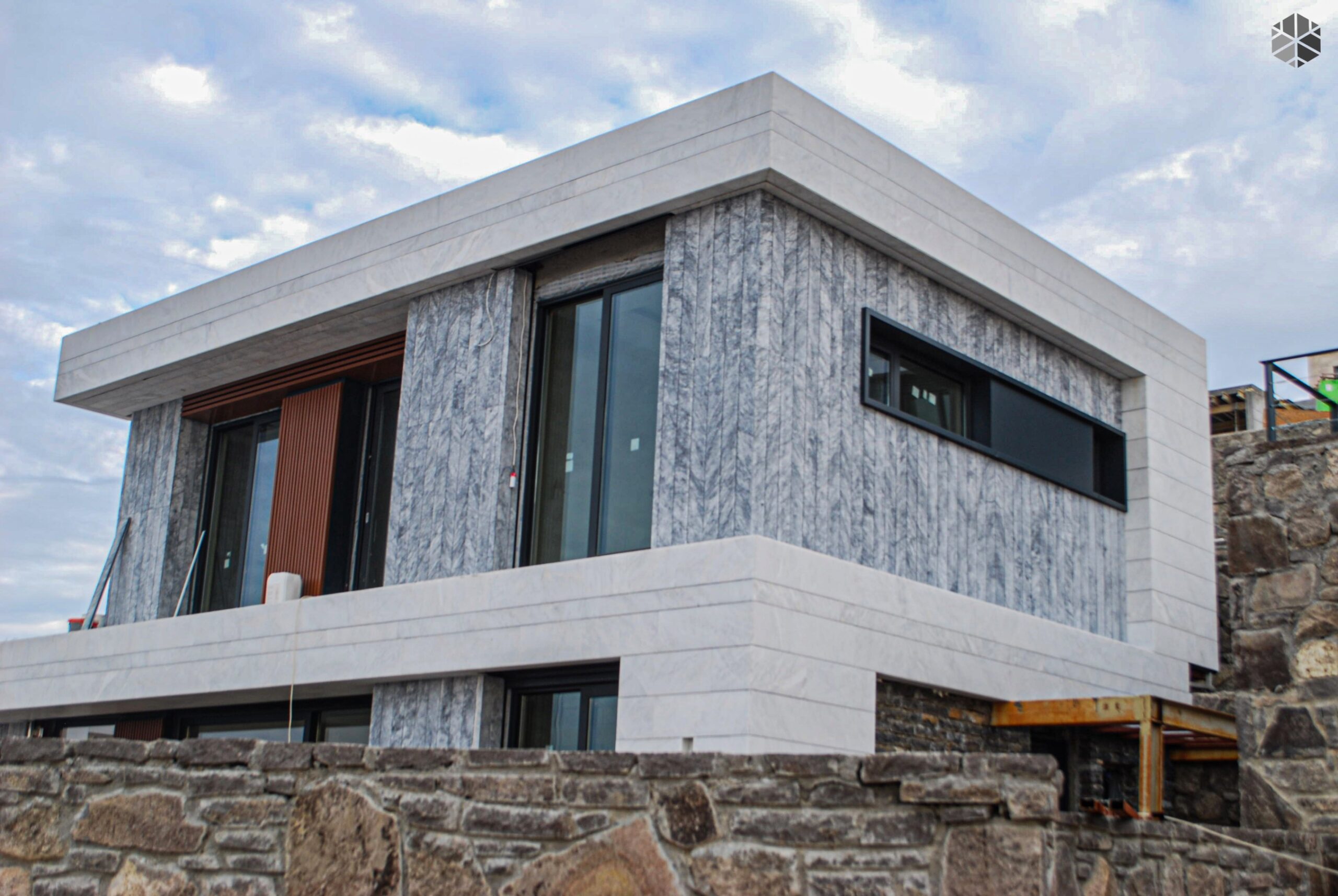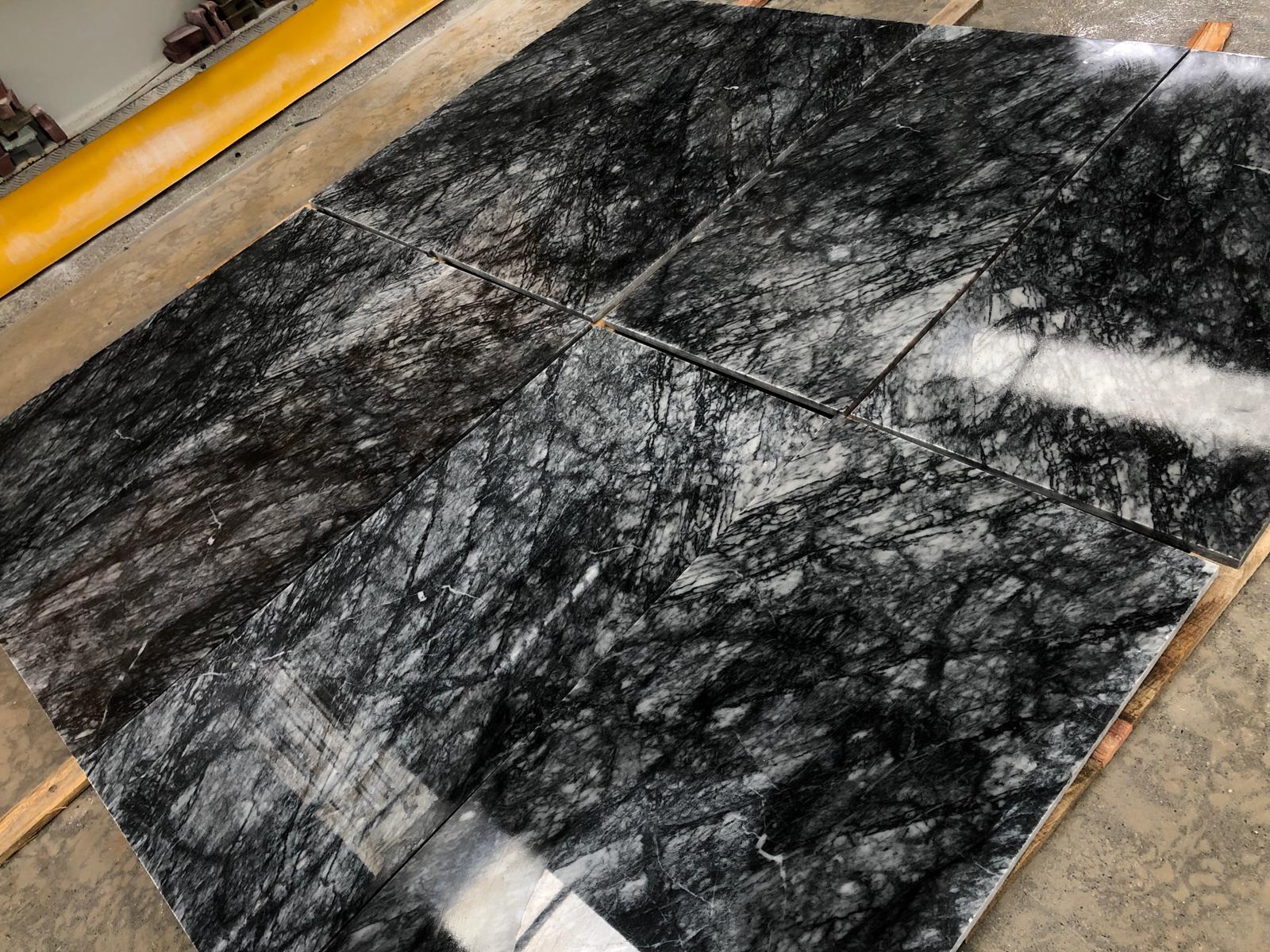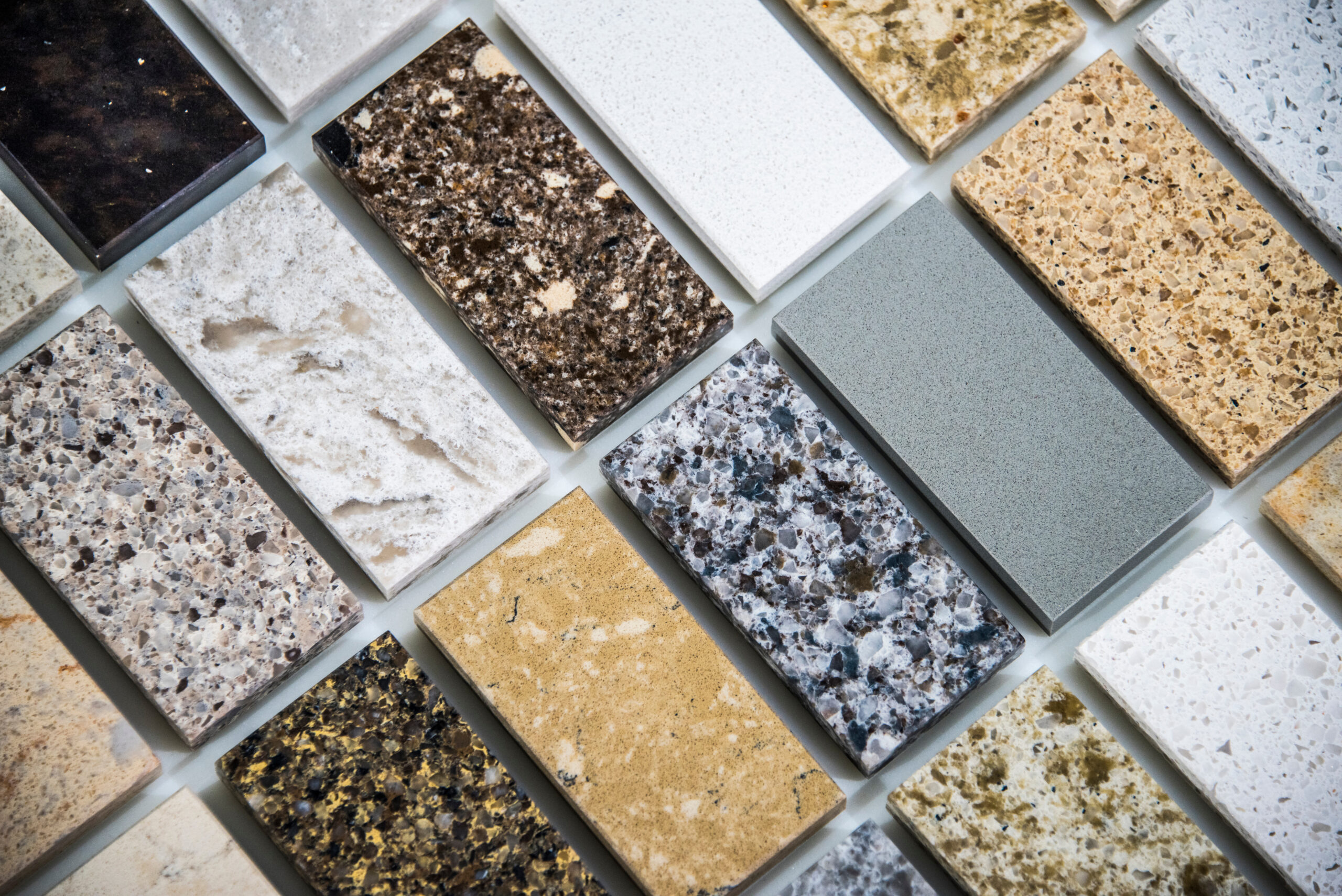In Anatolia, which has rich marble and natural stone resources, various civilizations have created important works by using this richness throughout history. The use of marble in Anatolia began during the Hittite period, and natural stones were used in the construction of palaces, temples and statues of gods by the Phrygians and Ionians. However, marble experienced its golden age during the Hellenistic Period and the Roman Empires. During the Seljuk and Ottoman Empires, marble was used in structures such as mosques, inns, palaces and baths. During the Ottoman Empire, significant amounts of marble were brought from the marble quarries in the Marmara Island, Gebze, Izmit, Izmir and Bilecik regions and used in works around Istanbul.
With the Republic, marble production continued in certain regions due to economic difficulties. Marble was mostly used in public buildings such as Ziraat Bank branches, railroad and school constructions. In the 1940s, due to the construction of Anıtkabir, quarries were opened in Afyon and Denizli, and these marbles were processed with modern machines brought from Europe. During this period, limited quantities of marble were produced for the construction of tombstones, kurna and toilet stones, in addition to important buildings. The sector, which progressed at a very slow pace until the 1970s, started to climb at a rapid pace with the revival of the construction sector in the 1970-1980 period, opening up to foreign markets after the 1980s, increasing domestic demand and the introduction of investment incentives.
Since granite, andesite, trachite, rhyolite and other hard and siliceous stones are used as floor coverings in places where there is pedestrian traffic and walking areas. Since they are resistant to chemical substances, they are used as floor and wall coverings in factories, workshops and similar places. Again, cobblestones are preferred on slippery floors because they form a rough surface by breaking from natural weakness planes through impact. In addition, different colored cobblestones are combined together and used as decorative facade cladding. The use of cobblestones dates back to ancient times. Due to the ease and simplicity of production, they were produced and used in large quantities by manpower using hammers, ploughshares and similar tools in ancient times. For this reason, cobblestones are indispensable materials in the restoration of old buildings today. Due to the tendency to bring people closer to nature and to use artificial materials less in big cities in developed countries, cobblestones are used extensively in parks, gardens and landscaping in these cities.
In 1985, the amount of investment in marble, which was included in the scope of the 3123 Mining Law, started to increase every year. This law encouraged long-term investments by guaranteeing long-term licenses to quarry investors. In addition, modern production and cutting systems have started to be used in our country with fair organizations and export incentives.









Leave a reply